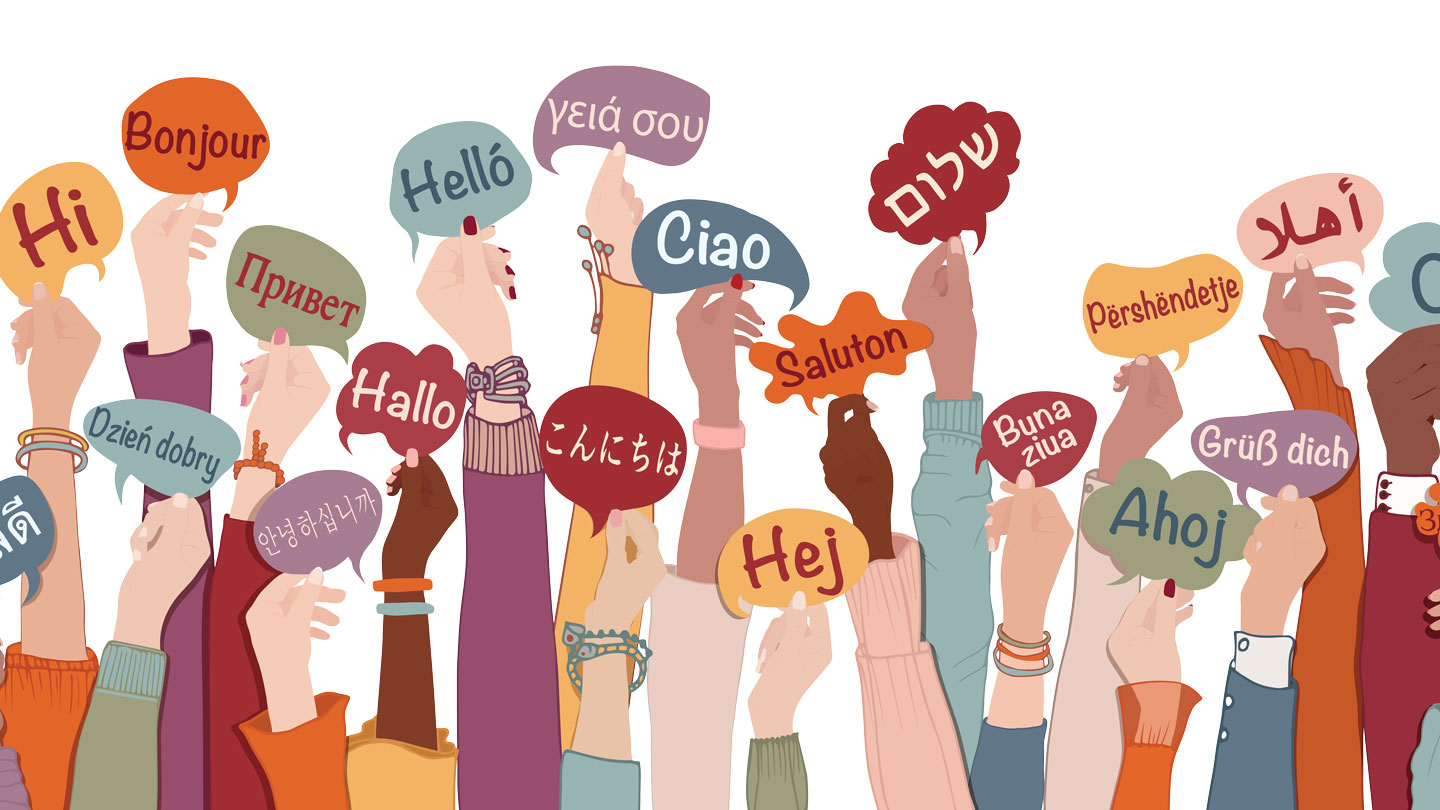Code-switching is the practice of alternating between two or more languages or dialects in a single conversation, sentence, or even phrase. Far from being a sign of linguistic confusion, this phenomenon reveals a speaker’s high level of adaptability, social awareness, and cognitive agility. Common in multilingual communities, code-switching is not only practical but also deeply tied to identity, cultural expression, and social context.
Linguists have studied code-switching to understand how and why people shift between languages. Sometimes, it’s to express something that has no direct translation. Other times, it signals group membership, authority, or emotion. For example, a bilingual speaker might use formal English in a business meeting but switch to their native language when speaking to family, seamlessly navigating between worlds. This ability reflects both cultural fluency and linguistic dexterity—skills highly valued in today’s global society.
Code-switching is especially prominent in immigrant communities, border regions, and international workplaces. While some critics argue it can harm language purity, most modern linguists recognize it as a natural and valuable part of language evolution. Rather than a flaw, code-switching is a linguistic superpower—an everyday example of how the human brain skillfully manages multiple language systems to meet social and communicative goals.




